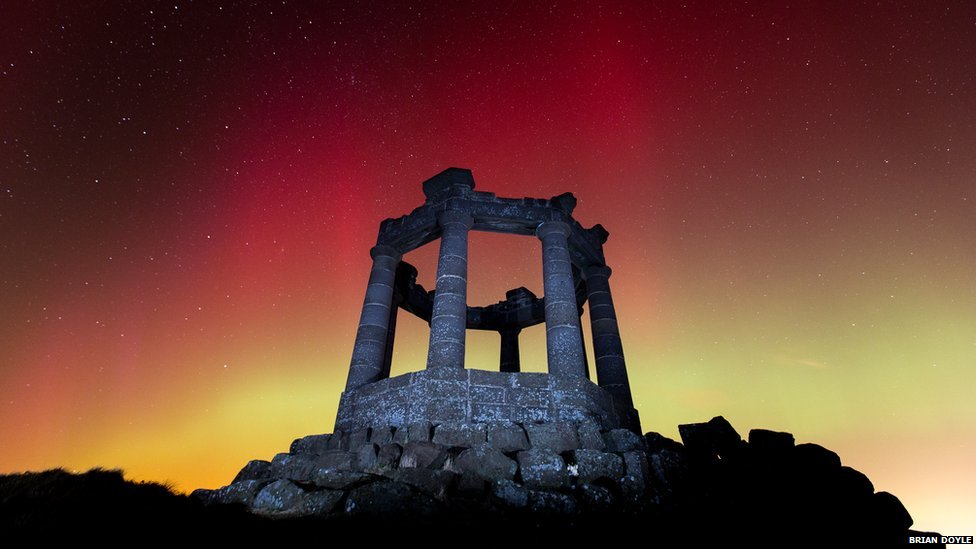
© Ryan Garza/Detroit Free PressAnne Cucchiara of Washington Township shields her face from the freezing temperatures and high winds while walking on Washington Blvd. in downtown Detroit on Friday, January 24, 2014.
Some Michigan schools are closed as record-breaking subzero temperatures plunge much of the state into a deeper freeze.
Detroit reached zero degrees, a smidge from the record of -1 degrees set Feb. 28, 1994. Flint, Saginaw and White Lake all broke records also set that year, according to the National Weather Service. White Lake got coldest overnight, at -18 degrees.
It's the most frigid winter in recent memory, and it isn't going anywhere yet.
"We're kind of locked and loaded in this pattern where we get these storms coming through, at least for the next week," weather-service meteorologist Deb Elliott said. "None of the data I'm looking at shows us warming up to normal, average temperatures this time of year."
The average temperature in Detroit this time of year is about 35 degrees, she said.
Wind chill advisories are in effect, and Detroit Public Schools are among those affected by closings. The high in Detroit today is expected to be in the teens.



Comment: See also: New Ice Age 'to begin in 2014'